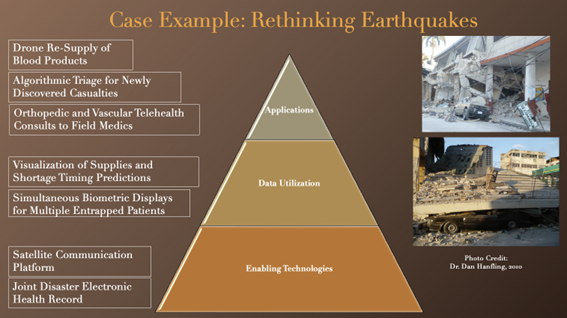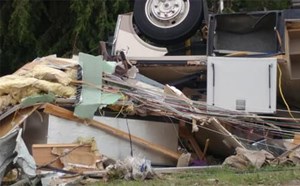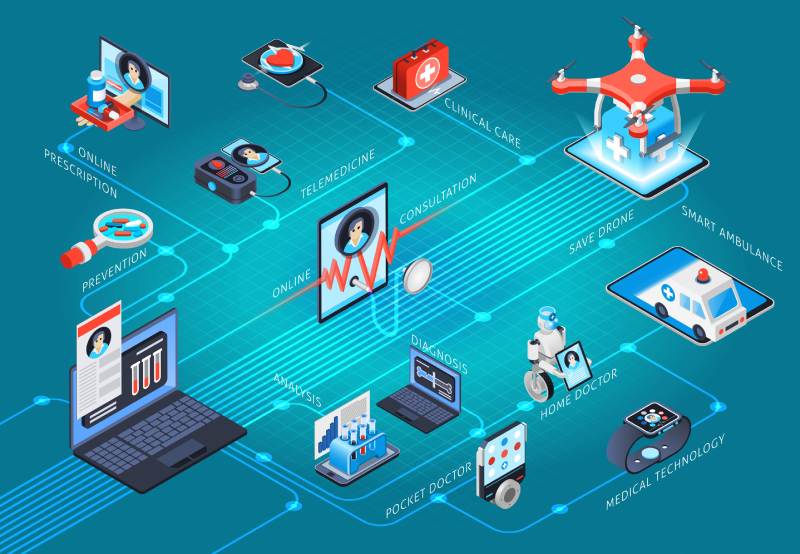
Categorizing Technologies for Use During Health Emergencies and Disasters
Ryan Leone, MSc1, 2 and Dan Hanfling, MD2
- Columbia University, Vagelos College of Physicians and Surgeons, New York, NY 10023
- In-Q-Tel, Arlington, VA 22201
Introduction:
From drone deliveries of medical supplies to remote monitoring of patients and real-time telehealth consults in austere environments, the implications of technologies utilized for disaster and prehospital medical response are abundant.1 However, there remains a major challenge in organizing how these technological solutions are researched, developed, funded, and applied. Because they are often created without collaborative planning, they ignore the potential for broader application, frequently lack interoperability, and are often pursued without a clear basis for prioritization.
Methods:
This framework was developed after reviewing the current literature regarding new technologies in healthcare assessment and delivery, discussing relevant innovations with experts, and analyzing global market trends in emerging health technology capabilities. Its aim is to illustrate (1) where technologies can be most useful and (2) examine how they build upon each other in a pyramidal fashion. The first iteration of this concept was presented in May 2023 at the World Association of Disaster and Emergency Medicine.2
Results and Discussion:
Innovations can be found in (1) enabling technologies, (2) data utilization tools, and (3) applications. Figure 1 illustrates these three categories in ascending order, with enabling technologies that improve network infrastructure and data collection forming the foundational layer upon which other technologies are derived. Data utilization tools enable the processing, analysis, visualization, and user interaction with the data acquired by the use of foundational enabling technologies. Finally, at the top, are applications, which can assimilate and utilize the user-friendly, processed data to improve clinical care for patients.
These applications most useful in a disaster response can further be divided into (1) Disease and Injury Surveillance and Detection, (2) Population Protection, (3) Responder Protection, and (4) Disease and Injury Management, as seen in Figure 2. The first category encompasses technologies that help characterize the severity and scope of an event at its onset, utilizing a network of wearable devices, sensors, remote infectious disease sampling, and other tools. Once an incident occurs, technologies aimed at Population Protection are necessary to preserve the well-being of unaffected citizens. For example, providing on-demand manufacturing for prophylactic medical countermeasures and needle-free delivery mechanisms for pre-treatments against CBRN threats will be paramount. Third, healthcare and emergency responders require additional support before and during incident response, especially just-in-time training through virtual and augmented reality, biometric monitoring, next-generation personal protective equipment, and enhanced communications capabilities. Finally, delivering care to patients in healthcare emergencies will require optimized allocation of scarce resources based upon disease or injury acuity and survivability. Effective healthcare service delivery can be bolstered using telehealth, autonomous patient transport, drone delivery, robotic and haptically guided care delivery, and decision support tools.
Figure 3 illustrates the application of this theoretical framework to the case of an earthquake response effort. The foundational enabling technologies of relevance to the earthquake response would be the utilization of a joint disaster electronic health records system to collect patient information from different international providers or organizations centrally. In turn, this would require strengthened satellite communication platforms needed to facilitate communication and data gathering in the absence of ground-level infrastructure. For the data utilization level, dashboard tools to display the amount of selected medical supplies throughout different areas of the city could help with resource allocation tuned to meet patient care demand, and simultaneous biometric displays of entrapped patients could help providers monitor patients whose rescues are underway. At the top of the pyramidal framework, the relevant application technologies include algorithmic triage based on pooled biometric data from patients, drone resupply of medical supplies in the areas identified through the supply visualization tools, and real-time video consultation devices to get remote input from orthopedists and vascular surgeons.
Conclusion:
To effectively manage the successful adoption and implementation of innovative tools applicable to health emergencies, areas of impact and utility should be comprehensively categorized. This framework guides emergency managers, policymakers, and innovators alike to understand how individual developments coalesce in the larger context of disaster prevention, response, and recovery. In a forthcoming manuscript, this framework will be further built out to ensure that public and private sector partners have a common understanding of how these diverse innovations can fit together.
References:
- Leone R, Hanfling D. (2023, May 9-12). Conceptual Framework for the Adoption of Innovative Health Technologies In Response to Health Emergencies. [Conference Session]. World Association for Disaster and Emergency Medicine (WADEM). Killarney, Ireland.
- Hanfling D, O’Toole T. (2019). Confronting catastrophic disasters with 21st century technologies. The Hill. Retrieved from: https://thehill.com/opinion/energy-environment/460564-confronting-catastrophic-disaster
Figure 1: Pyramidal Technology Framework for Health Emergency Response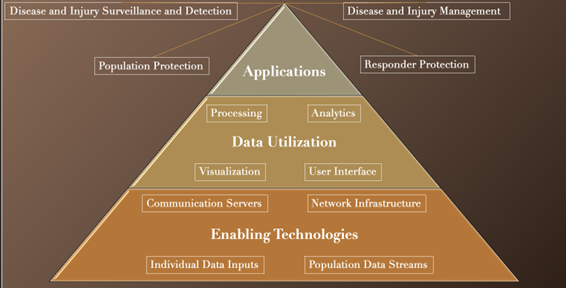
Figure 2: Application Categories for Health Emergency Response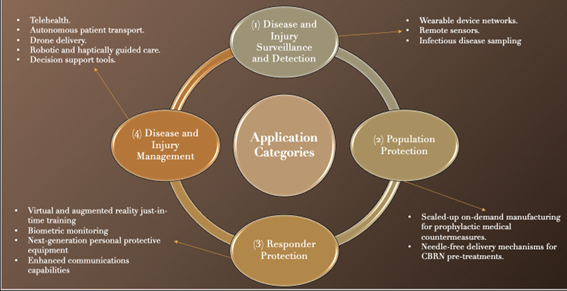
Figure 3: Theoretical Case Study Using an Earthquake Response Effort